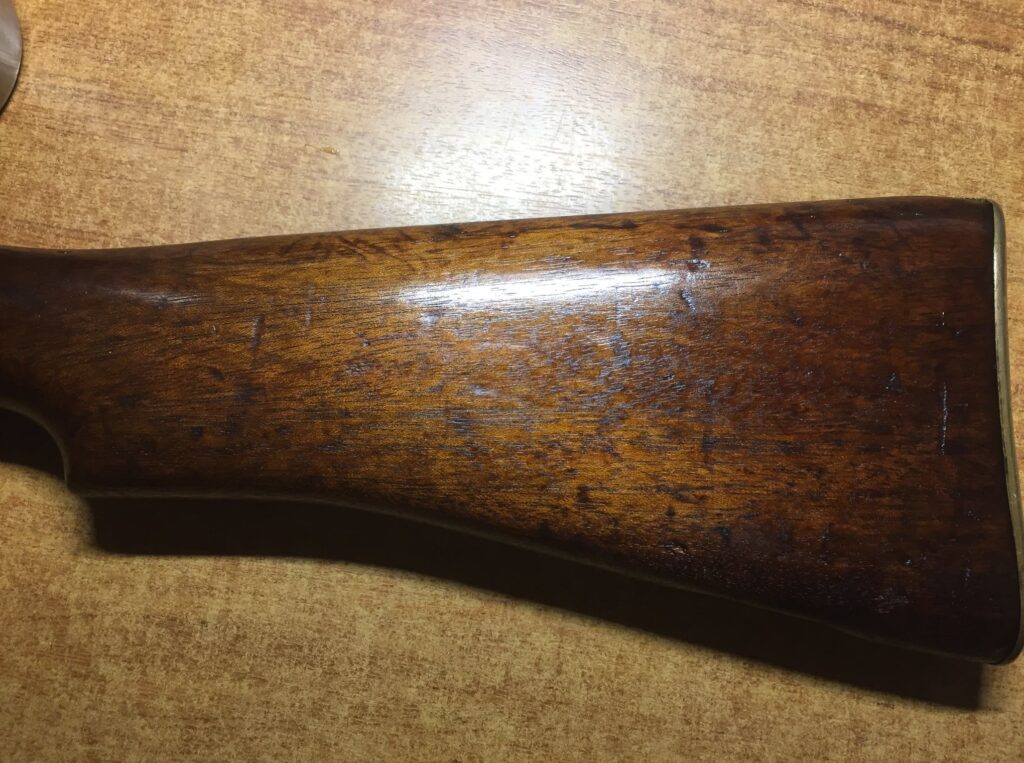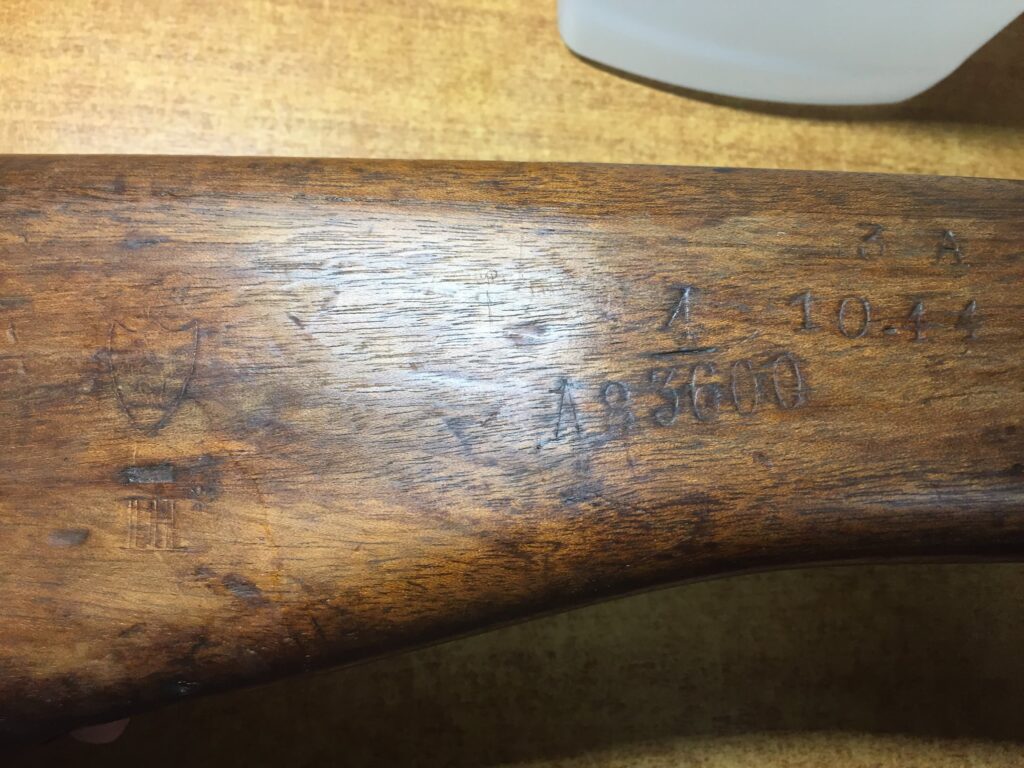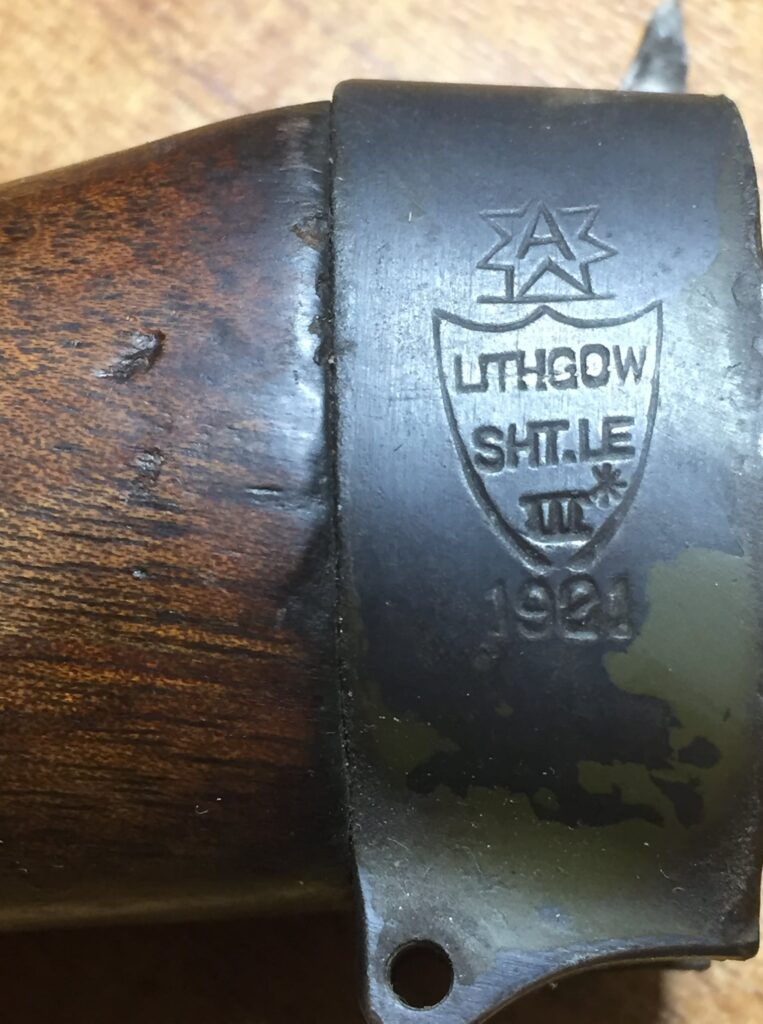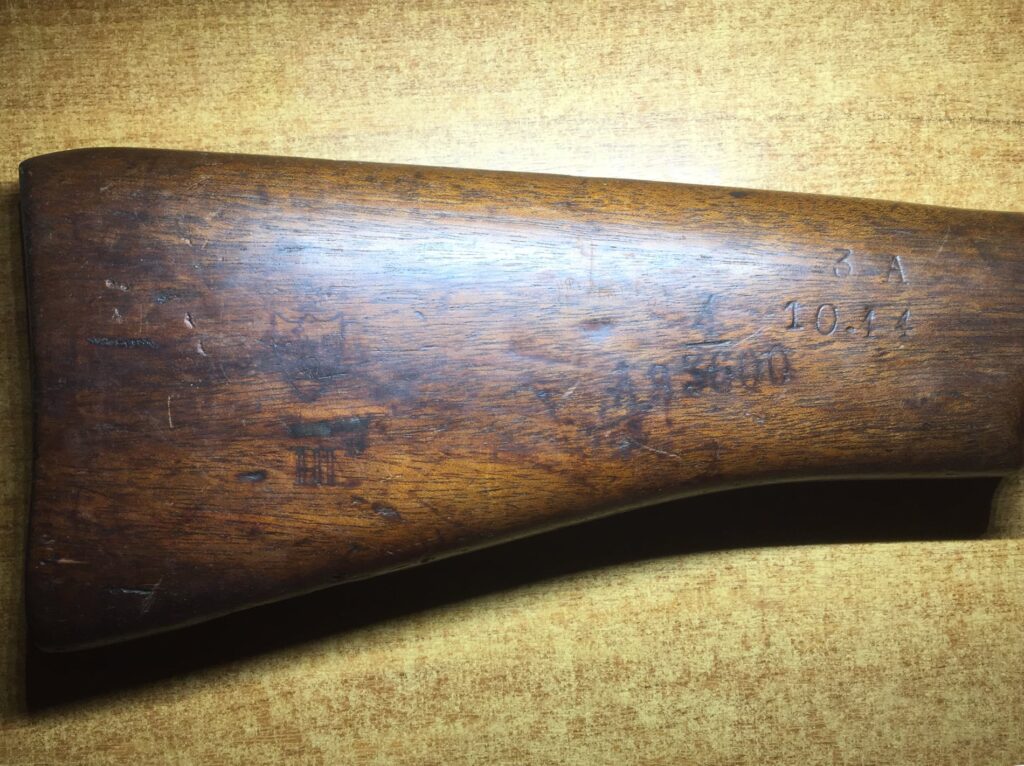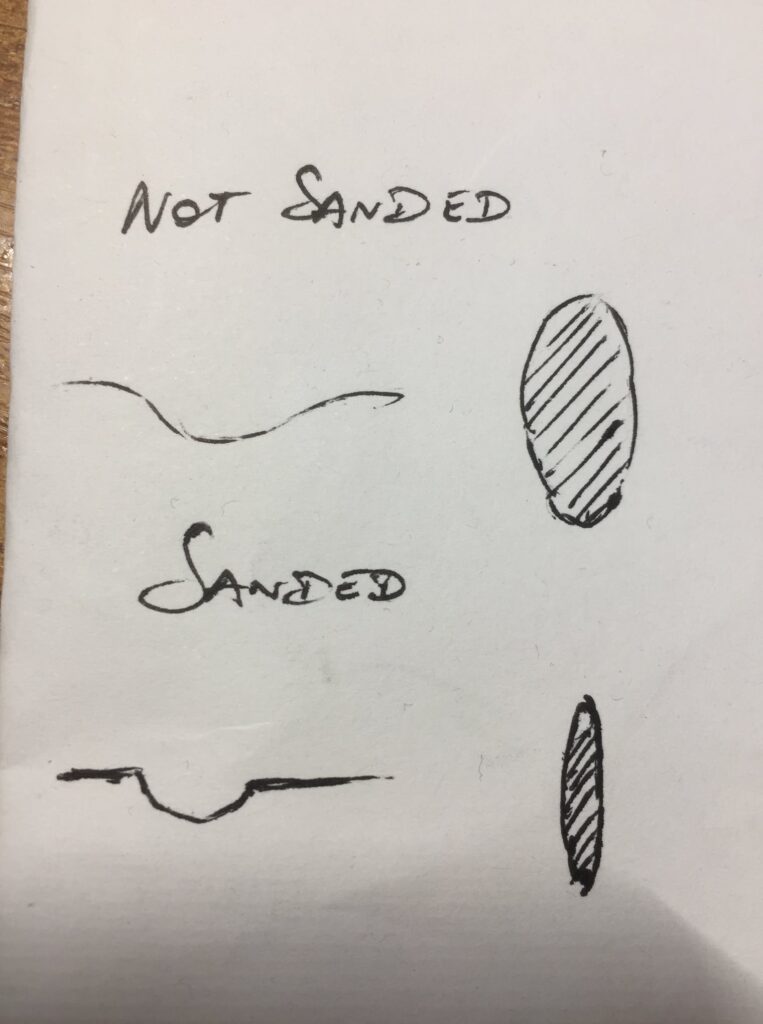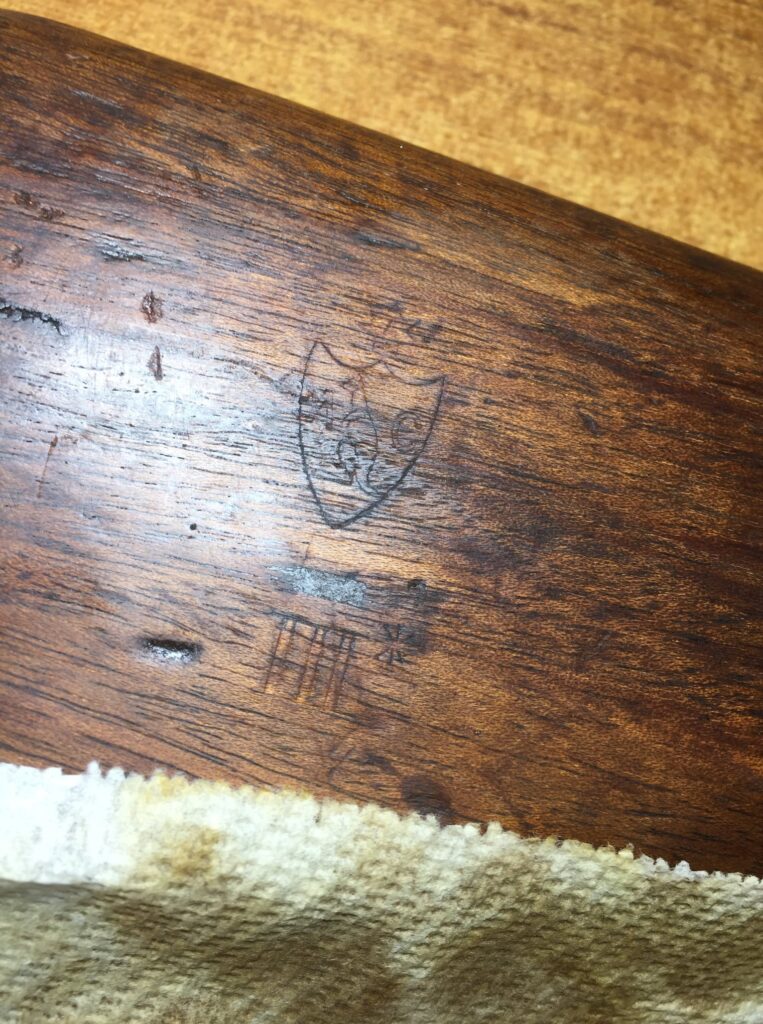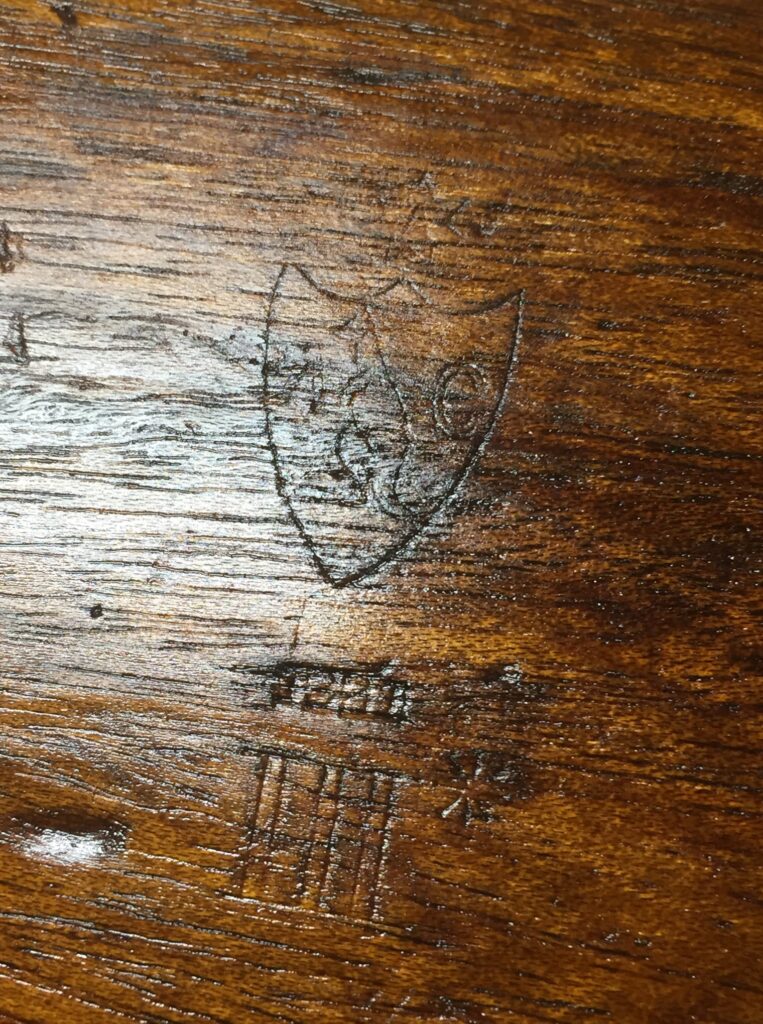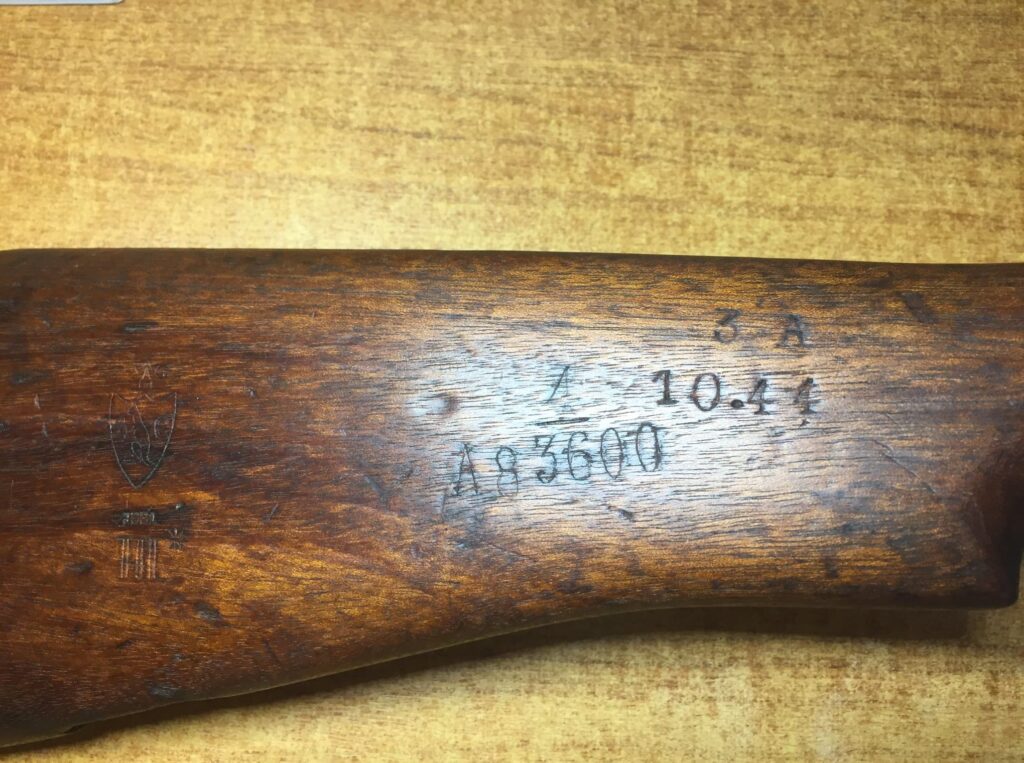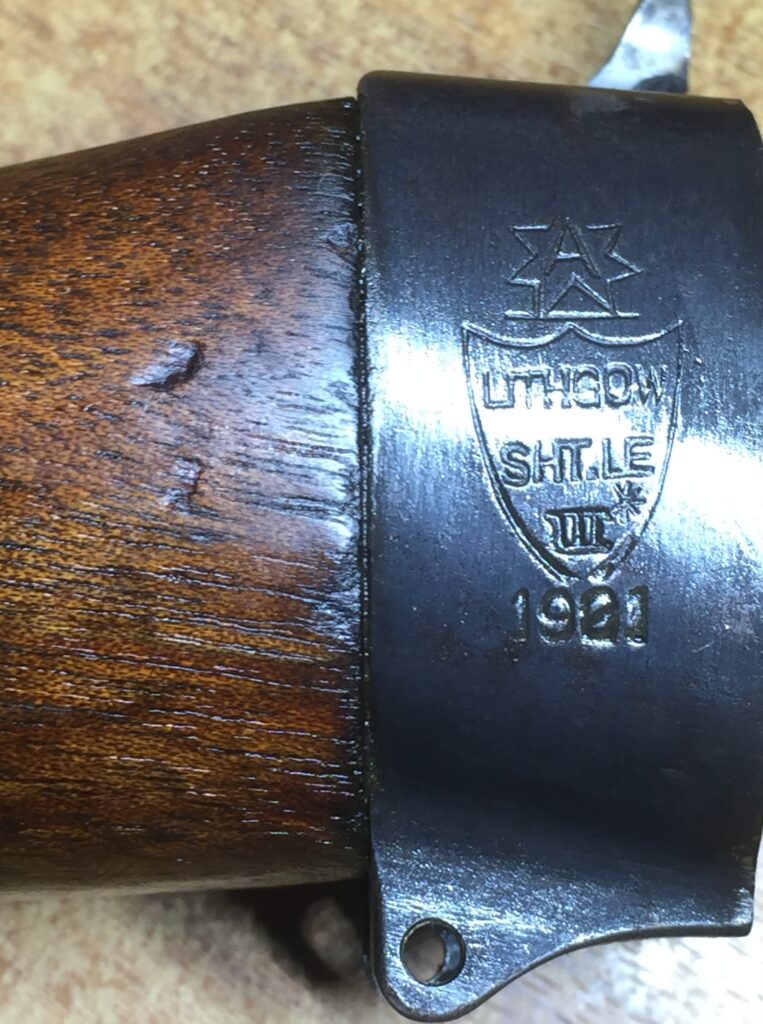Just a little guide to wood finishing, lots of theories going on about this but hopefully this will be a simple and easy refinishing method of bringing back your stock and markings for those who are looking at doing a little work. Please refrain from bringing out the steel wool and sand paper just yet.
So just a preface, I am by no means a gunsmith, I had a bit of training in cabinet making as a previous profession. Firstly understand what the stock has been finished with. If you’re lucky it may be the original linseed oil, but more often than not it may be a varnish. A worn varnish may expose some of the grain structure and as such it may look original. A little tip for checking is looking for the overcoating (little crystallised amounts of varnish drip) usually on the socket or under the butt.
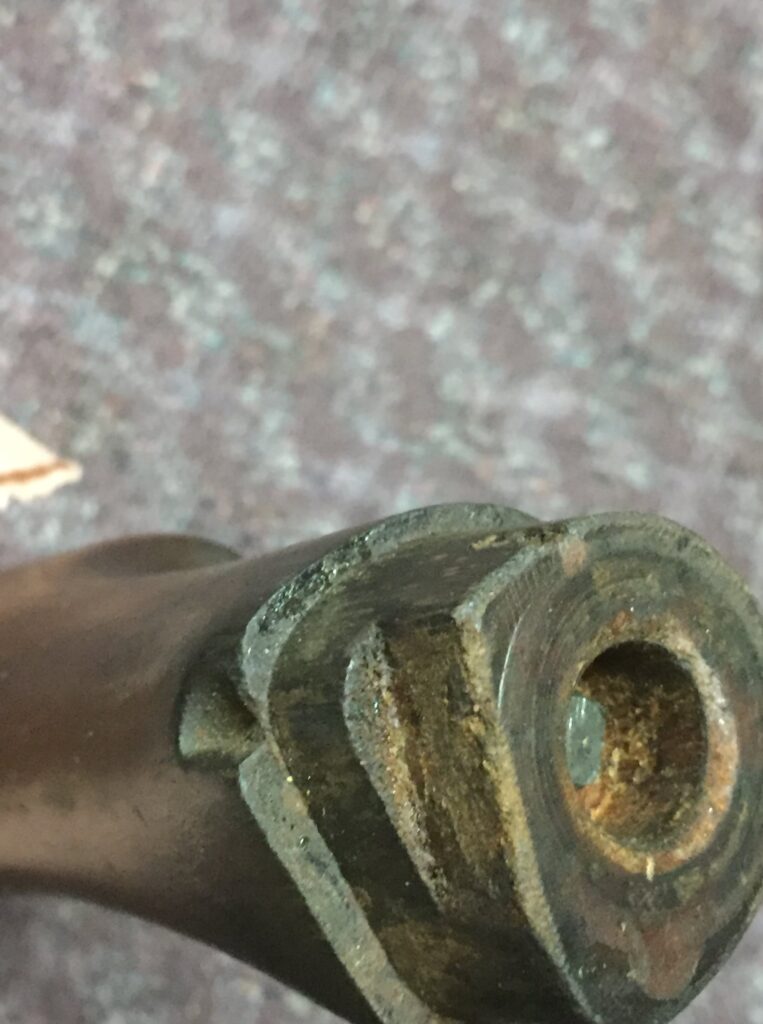
If the original linseed oil finish, use methylated spirits in the following steps. If a varnish (water or oil based), it can have mixed results with methylated spirits and draw the varnish deeper into the timber. Acetone on the other hand, allows the dryers in the varnish coat to become inactive until such time as it evaporates, allowing you time to draw out with the paper towels.
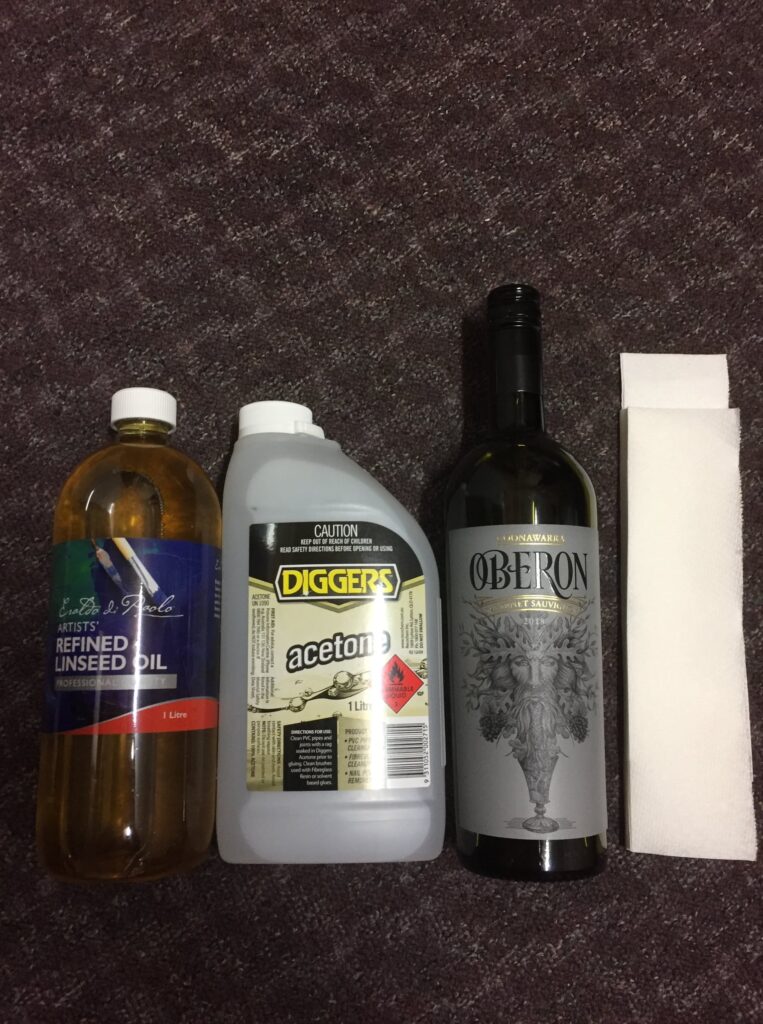
Ingredients
- Real Danish made Linseed Oil (Riot Art) $15
- Methylated Spirits or Acetone (Bunnings) $11
- Commercial Paper towel ‘borrowed’ from the Minister of Domestic Affairs
My candidate for today is a Roo Shield 1921 Lithgow that suffered the ‘Wattle Grove’ treatment. However it will be going straight to the pool room in a little nicer condition. After breaking down the rifle get a little spray bottle or spoonful of acetone and drip it onto the paper towel layer on top of the stock. Let the acetone “work” for 30-45 seconds and you will see some yellowing start to be drawn into the paper towel. Agitate the towel slightly and you should see more and more of the towel become browner until it becomes sticky and has reached maximum volume of absorption.
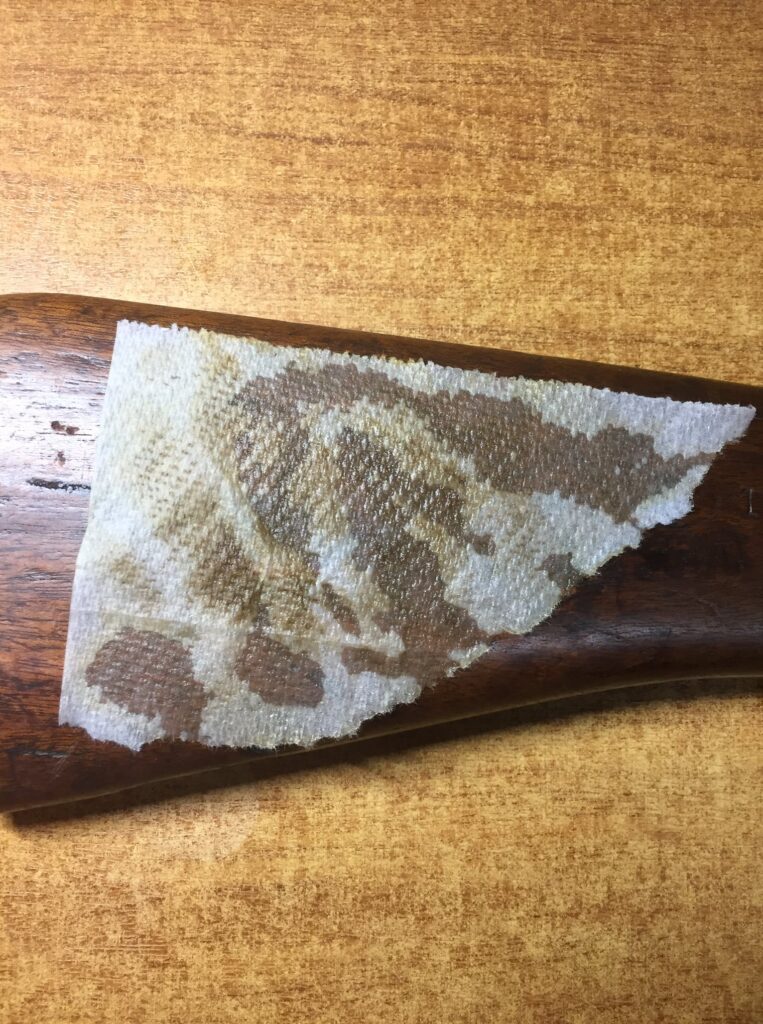
Once completing this step, the majority of varnish should be removed, get a dish of acetone, dunk the paper towel in and lay it on the rifle, this allows more contact of the acetone on the wood grain before evaporation works.
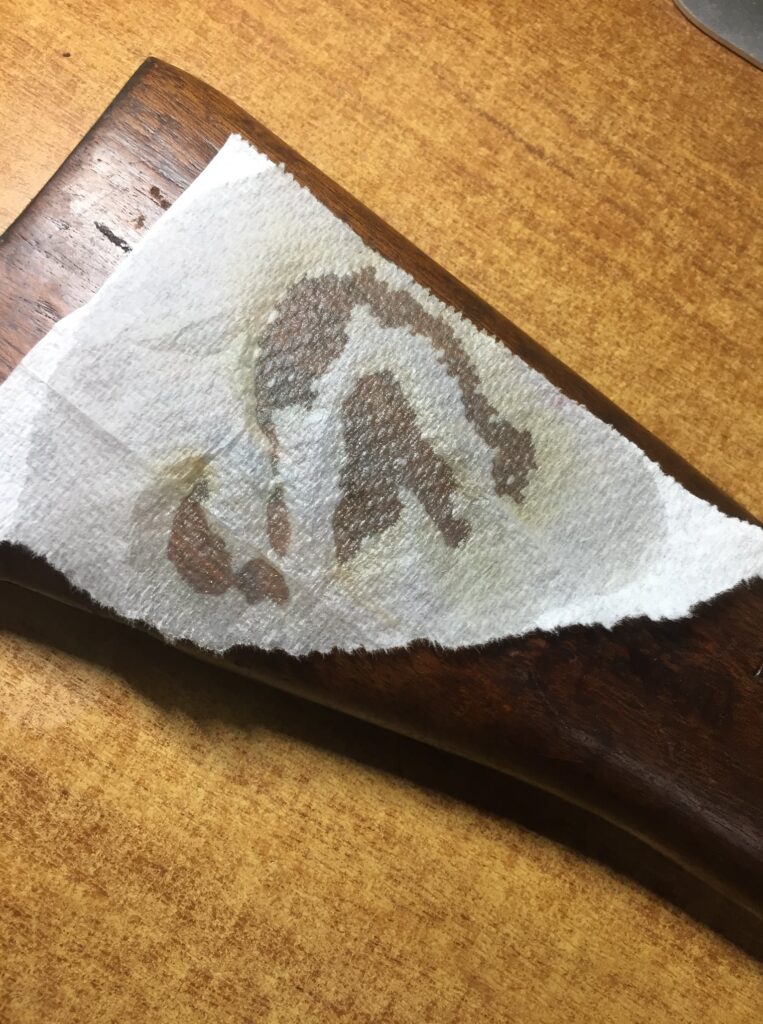
Then scrub the stock with a soft bristle toothbrush dipped in acetone, especially in the deeper grain, dings and markings. Work the tooth brush in a circular fashion to maximise the action of the acetone. Once having done all this further wipes with the acetone and a paper towel should yield no more yellowing. I would avoid sanding or steel wool at this stage, it may seem counter intuitive… however looking though my 4x surgical loupes… I can often see rusted pieces of steel wool everywhere in the grain and looks shit! Sanding too removes the rough original stock finish and will cause the original scratches and dings to look 10x times worse as the UV damage to the timber will not match the the deep section of the dings, resulting in a very amateur finished/refinished appearance.
Then several small coats of artist grade linseed oil are required, I usually do once a day for a week, once a week for a month and once a month for 6 months. I dislike Bunnings Raw linseed oil due to the colour, as well as any type of linseed oil with dryers. Instead artist grade linseed oil yields the best results of all the stocks I have finished (which is quite numerous), does not dry sticky and is not tinted. It will finish with a beautiful “soft to the touch” coat, brings out the grain better as it does not darken the lighter grain; and smells and acts very different to the low grade Bunnings stuff. Linseed oil with dryers tends to allow you to coat the timber too much. With the Artist grade raw linseed oil, the stock will only take what it needs and can absorb at that time
Thank you to George White for his step by step process and excellent pictures
